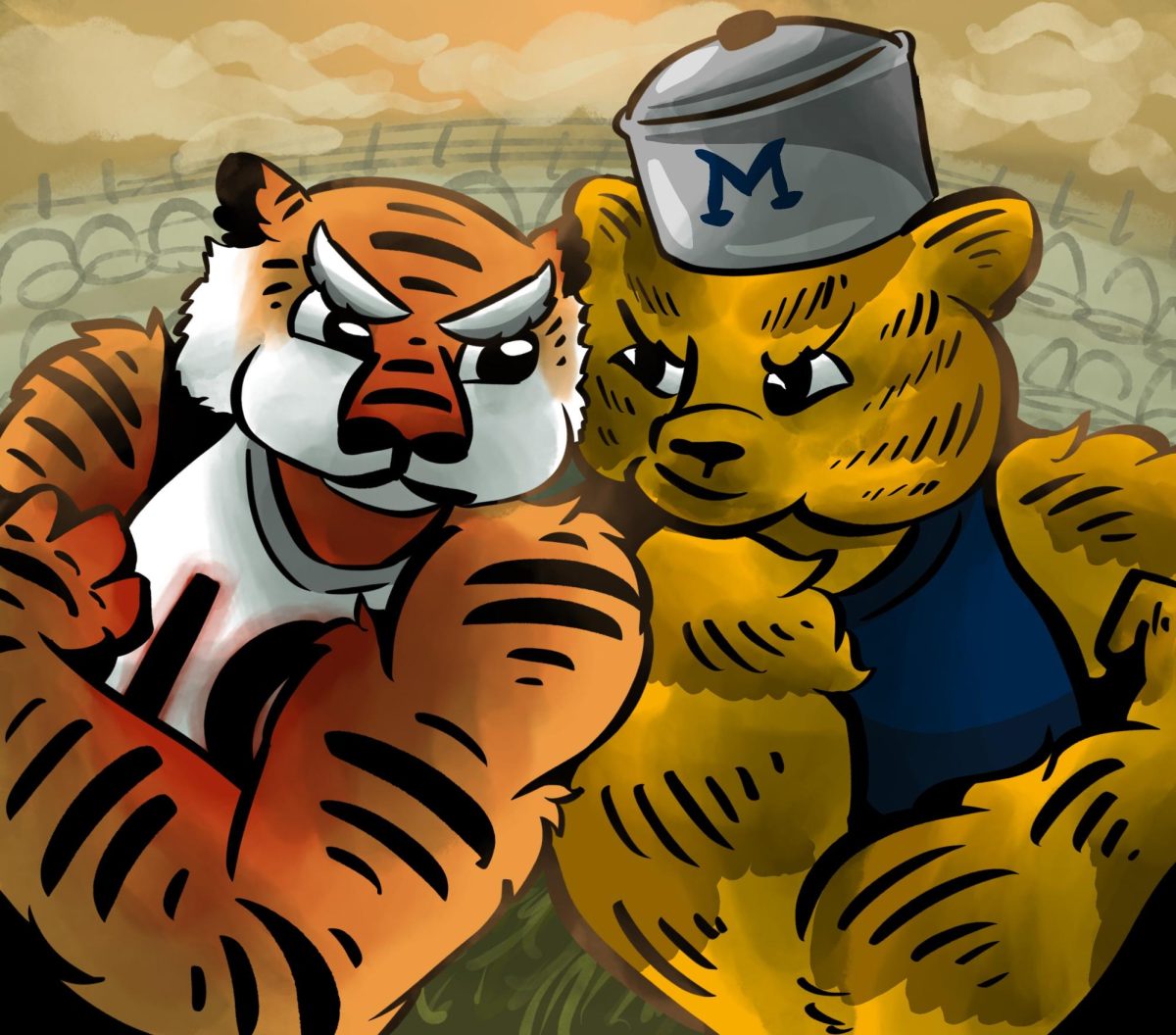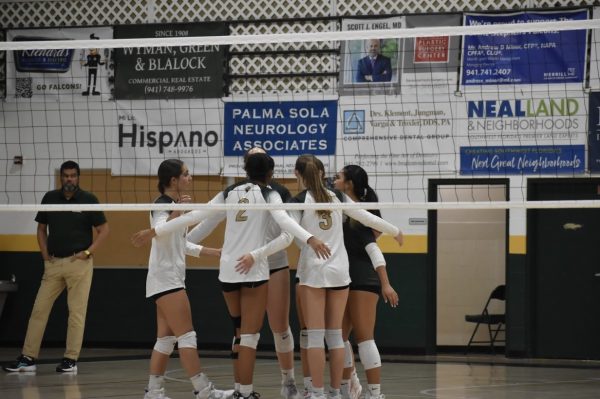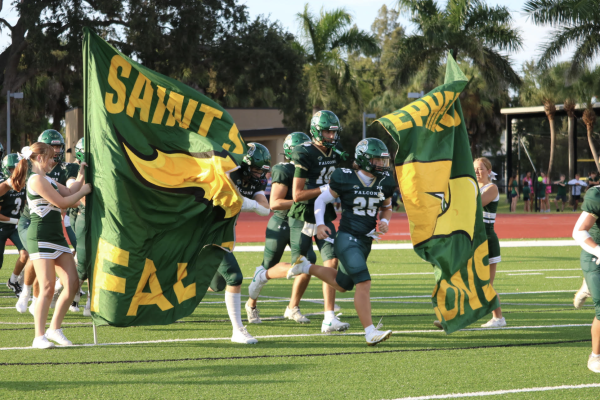The emo Batman
This DC movie has represented the Caped Crusader in a way that has never been done before.
Robert Pattinson’s Bruce Wayne as seen in The Batman (2022)
March 15, 2022
On March 4th, the most recent iteration of the Batman Franchise was released starring Robert Pattison. This version, titled The Batman, has been extremely successful, making $258 million internationally on its opening weekend. This movie has done something with the character and story of Batman that its many, many predecessors have ignored: it explored the mental state of somebody that decided to dress up like a bat to fight crime.
Robert Pattinson’s portrayal of Batman has, in my opinion, cemented it as the best live action Batman that has ever been shown. But why exactly is this interpretation so great?
For starters, Pattison’s Bruce Wayne is an emo, shy, loser who needs constant supervision. He also is crazy enough to think that letting an eight year-old orphan (Robin) fight crime with him counts as adequate therapy.
This characterization is perfect in my mind. In prior interpretations of Bruce, they paint him as a cool, well put together billionaire who does whatever he wants, but The Batman changes it up. Robert Pattinson is the socially awkward, depressed Bruce Wayne that has never been shown, and the rendition is more true to his comic book history as well as being a realistic depiction of a traumatized man.
Pattinson’s Bruce Wayne does not socialize. He is introverted and uncomfortable talking to anyone besides his butler, Alfred. He comes across as confident and self assured when he’s in the suit, showing up at crime scenes and doing an investigation alongside the GCPD, but when he is in public as Bruce Wayne, he is incredibly shy. He avoids any and all eye contact, and his appearance at events is unexpected and incredibly rare. In this universe, Bruce Wayne is less likely to be seen than Batman.
Showing Bruce Wayne as a still clearly traumatized victim of a horrible crime is something that was needed. You don’t see your parents murdered in front of you and just grow up “fine” with no problems (although going to therapy is probably healthier than dressing up in kevlar and fighting crime).
Another great aspect of Pattison’s Bruce Wayne is his emotional vulnerability. Showing this kind of vulnerability in a character like Batman is what really set this movie apart for me. This Bruce feels so deeply; his trauma is written all over his face. And that fact is what makes this Batman feel so real. This is not a cocky-party-animal-billionaire-playboy. This is a mentally ill young man whose entire worldview is being shattered.
Pattison’s Bruce felt the most genuine Bruce Wayne out of all of the others because it felt like the core of Batman’s character is love. Bruce’s love for his city will always be his greatest strength. While his love makes him vulnerable to more devastating loss—the one thing he fears above all else—he still makes the conscious choice to be kind. This is reflected when he realizes that vengeance isn’t enough and that he needs to become more, he needs to represent hope.
He makes this choice because he saw that his violence against criminals at the start of the film is only begetting more violence. He sees that while, yes, he’s scaring the criminals, he’s also setting an example for them: violence is the correct response to being wronged.
The city that he loves is terrified and he’s partially responsible for that. So he decides to change. He decided to be kind. And his kindness takes so much more bravery than his violence.It is for these reasons that The Batman is, in my opinion, the best live-action representation of Batman that has been shown.























































